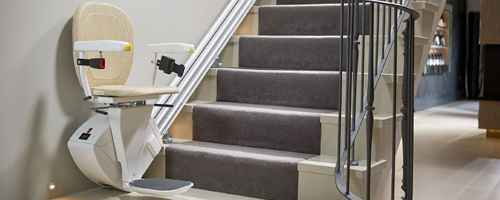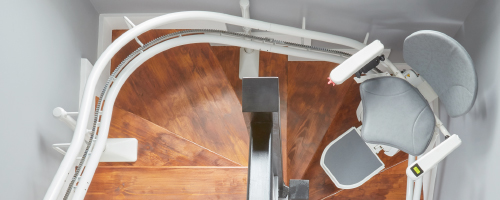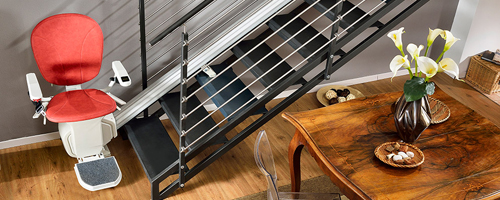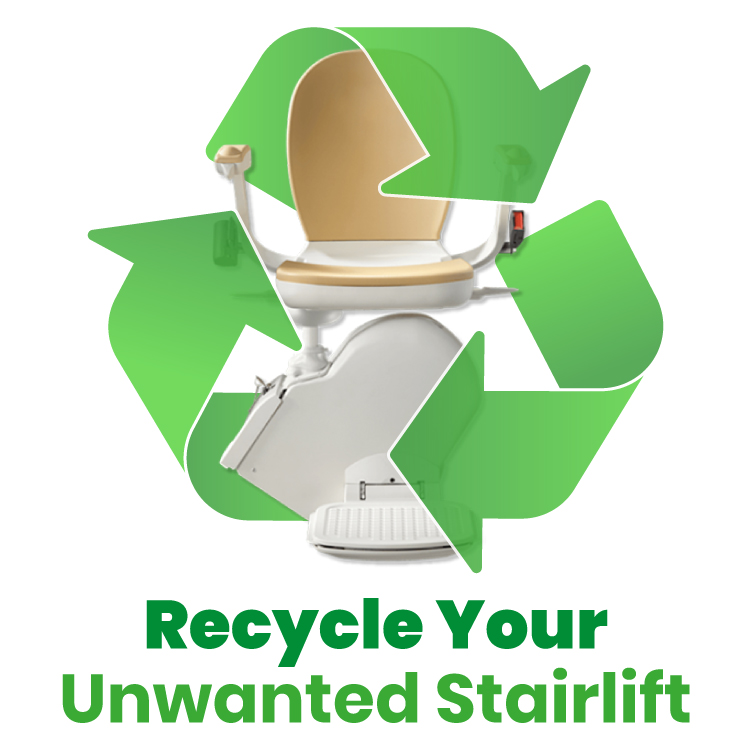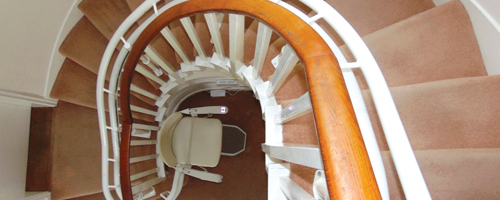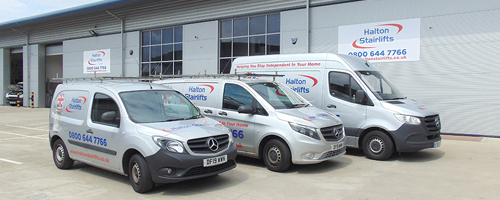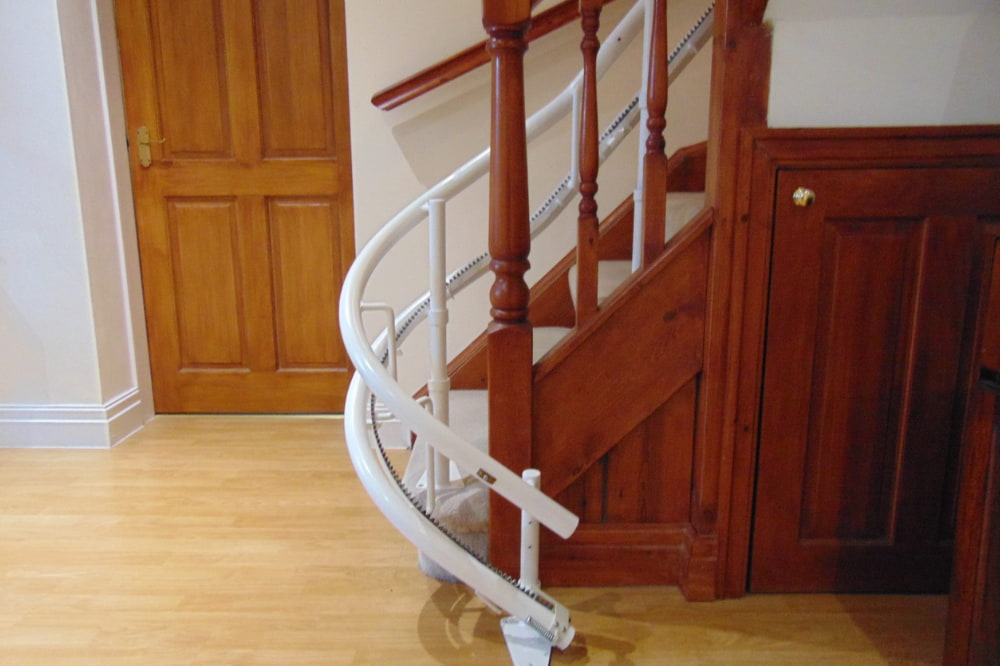Whether you have a long-term mobility issue or you’ve had a short-term injury, making your way up and down the stairs can be daunting. Although it may be tempting to carry on as normal, it’s important to descend stairs safely and carefully to prevent further injuries.
If you find it tough to navigate the stairs after an injury, we’re here to help. Here are some helpful and practical tips to help you navigate the stairs with confidence after an injury.
Ask for Support
First of all, one of the simplest (yet most effective) ways to get down the stairs safely after an injury is to ask for help. If you have a friend, family member, or caregiver nearby, don’t hesitate to ask for assistance.
Likewise, if you’re struggling to get downstairs in public, you’ll find that passers-by are often willing to help. Having someone by your side can provide physical support and reassurance, making the process much easier. It can also prevent further damage if you do have a trip or fall, and ensure you receive help quickly.
Assess The Height of Each Step
Before you begin your journey down the stairs, take some time to assess the height of each step. Look out for any irregular steps – these could pose a greater risk if you have mobility issues or are recovering from an injury.
Look out for any particular high or narrow steps and proceed with caution. If you find the set of stairs is particularly steep or narrow, look out for other ways down the stairs such as an alternative stairwell, an elevator or an escalator.
Lead With The Weaker Leg
Although you may be tempted to start off with your stronger leg, it’s best to lead with your weaker leg. Although this may feel counterintuitive, leading with your weaker leg can help to distribute your weight more evenly. It can also reduce the strain on your muscles and joints.
So, start your descent with your weaker leg, and take small, controlled steps whilst focusing on maintaining your balance with each movement.
Always Face Forward
Again, you may be tempted to look down at your feet, or even to attempt the stairs facing backwards. However, it’s much safer to look forward when descending the stairs.
This helps you to maintain a better posture and gives you a better awareness of your surroundings. If you climb down the stairs facing backwards, you may be more prone to slips, trips and falls – it can increase the risk of getting injured.
So, keep your eyes focused on the steps ahead to look out for potential obstacles, and react accordingly.
Hold On To The Railing
Stair rails are extremely helpful when you’re getting up and down the stairs with mobility issues. Always hold on to the railing with one hand while using the other hand for support or assistance if needed. Having a solid grip on the railing can provide added stability. It can also allow you to control your movements more effectively, making it easier and safer for you.
If your stairs at home don’t have a sturdy handrail, consider installing one. This can be done in a matter of hours and can make it much easier and safer to get up and down the stairs. A loose or unstable railing can pose a safety risk, so be sure to assess your railing beforehand.
Take Your Time
Patience is key when it comes to descending stairs after an injury. Rushing or trying to move too quickly can increase the risk of slips, trips, and falls.
Instead of just trying to get your journey over with, take your time and focus on each step as you go. Remember, it’s better to arrive safely at the bottom of the stairs than to risk injury by hurrying.
Opt for a Stairlift
Sometimes stairs can be too challenging after an injury – and this is ok. This doesn’t mean you’re limited to the ground floor of your home. A stairlift can be the perfect solution.
Stairlifts can eliminate the need to navigate stairs altogether, providing a smooth and effortless ride from one level to another.
If your injury is short-term, why not consider renting a stairlift? At Halton Stairlifts, we offer a quality stairlift rental service for those with short-term mobility issues.
Alternatively, if your injury is long-term, purchasing a stairlift can be a good option. If you’re on a budget, consider opting for a refurbished stairlift. These operate just as well as new stairlifts but have a lower price tag.
Our stairlifts can accommodate all types of stairs. Whether you have a narrow staircase, a curved staircase, a staircase with multiple twists or turns, or a straight staircase, we have a stairlift for you. Get a free, no-obligation quotation today by calling 0800 644 7766.
Final Note
To summarise, descending stairs safely after an injury can be challenging – it requires patience, caution, and the right approach.
However, if you ask for support, assess each step, lead with your weaker leg, face forward, hold on to the railing, and take your time, you can get down the stairs with confidence and reduce the risk of accidents or injuries.
Remember, if this is too difficult, there are other options. A stairlift can make ascending and descending the stairs a hassle-free, safe experience. Stair safety is key for maintaining your well-being and quality of life.

Neil is the founder of Halton Stairlifts. He has years of experience installing stairlifts across the UK. With an eagerness to help those with mobility issues get up the stairs, Neil understands how important it is for a seamless and straightforward approach to installing stairlifts to help those in need quickly.
